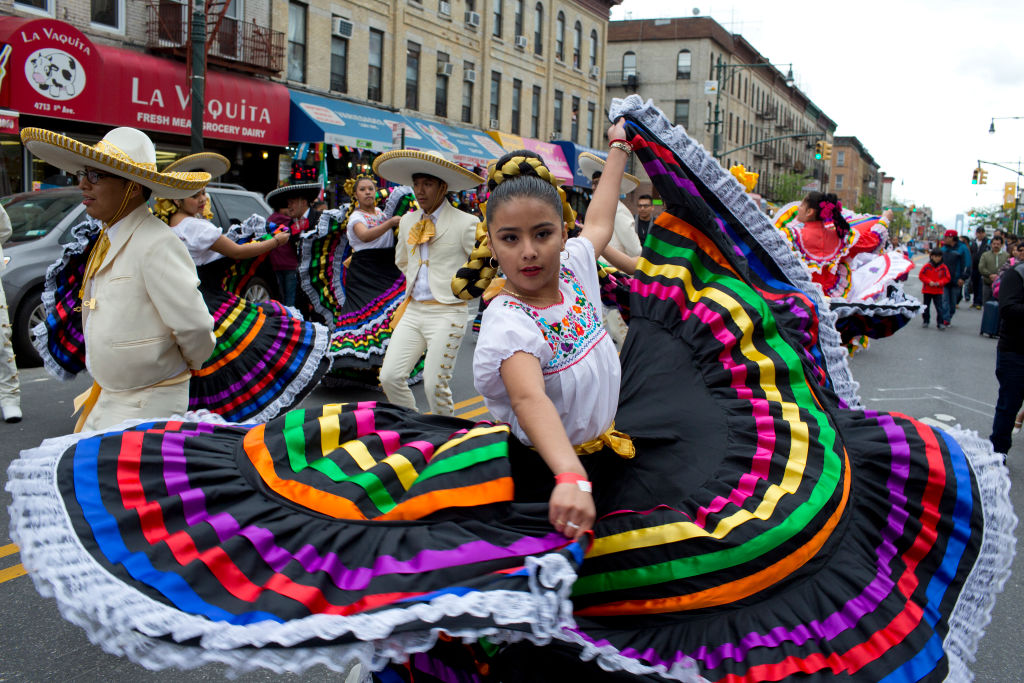
To many Americans, Cinco de Mayo is a day for eating Mexican food and imbibing liberally. But the real history is far more politically charged.
It started in the 1860s. France wanted to expand its empire into Mexico, and Napoleon III ordered his troops to head toward Mexico City to overthrow Mexico’s democratically elected President Benito Juárez, while Abraham Lincoln was preoccupied with the Civil War. The hyperorganized French forces were widely expected to triumph, leading to a new Mexican monarchy that would side with the Confederacy.
But then, on May 5, 1862, the Mexican forces defeated the French in the Battle of Puebla. That surprise victory galvanized Latinos who had come north during the gold rush, leading to spontaneous celebrations, says David E. Hayes-Bautista, author of El Cinco de Mayo: An American Tradition. (The first took place in Tuolumne County in California.) Soon they started a network of organizations to support the fight against slavery both in Mexico and the U.S.
But in the 1930s, though, as the Civil War became a more distant memory, Cinco de Mayo’s significance as a civil rights holiday started to fall by the wayside. By the 1980s and 1990s the number of Hispanic consumers had risen dramatically, and marketers–especially within the spirits industry–seized the moment. They made the holiday ubiquitous by turning it into a general celebration of Mexican-American culture, and the parties rage on today.
–OLIVIA B. WAXMAN
For more on these stories, visit time.com/history
More Must-Reads from TIME
- Donald Trump Is TIME's 2024 Person of the Year
- Why We Chose Trump as Person of the Year
- Is Intermittent Fasting Good or Bad for You?
- The 100 Must-Read Books of 2024
- The 20 Best Christmas TV Episodes
- Column: If Optimism Feels Ridiculous Now, Try Hope
- The Future of Climate Action Is Trade Policy
- Merle Bombardieri Is Helping People Make the Baby Decision
Write to Olivia B. Waxman at olivia.waxman@time.com